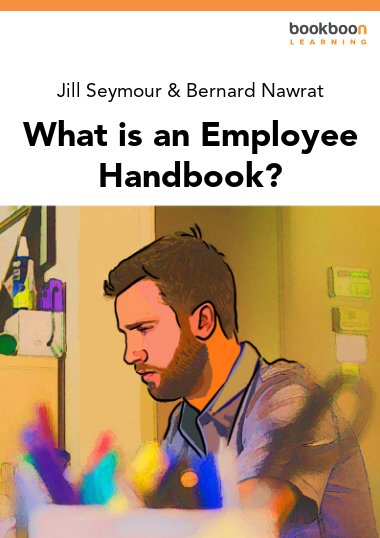Most of us will have referred to an employee handbook at some stage in our career. Some of us will have become frustrated by not being able to find the information we seek. Or not being able to understand what is written! Our practical guidance will help you avoid these problems.
In our e-book we consider why an organisation needs an employee handbook and its different audiences. We explore how you can use the handbook to influence your organisation’s culture as well as to clearly communicate policy and procedures. We look at typical topics for inclusion, its relationship with the employee’s contract of employment and other guidance manuals in use by organisations. It’s an exciting time to communicate. Choosing the right media can, however, be confusing, we touch on the different options and the factors to consider when making choices. To make sure your handbook is used and valued for the long term it is also worth considering potential risks and we include ways to overcome.
A well-crafted employee handbook is a great asset for an organisation. Use our practical guide to develop, communicate and manage one that is right for you.
About the authors
Our book ‘What is an Employee Handbook?’ has been prepared by Bernard Nawrat and Jill Seymour of Nawrat Seymour HR Service. This is the third occasion that we have worked with Bookboon, on what we hope is practical guidance. Our books are written for HR practitioners, managers and others who are interested in topics that improve organisational effectiveness and the day to day experiences for employees. Our other e-books are Employer Branding and A Health and Wellbeing Strategy.
In preparing ‘What is an Employee Handbook?’ and others we have drawn from extensive experience in HR. In 2015, we both took early retirement from local government. We had each worked in HR for over 30 years. Since then we have pursued a new adventure setting up Nawrat Seymour HR Service Ltd and undertaking HR consultancy work. We know that organisations benefit hugely from a well-crafted employee handbook that reinforce standards in HR management. Some handbooks aim to be fun. Others are essentially formal. Our e-book shows that there is no right or wrong style. But to gain the maximum, positive impact the handbook should reflect the organisation’s underlying culture, recognise the needs of its audience and be communicated effectively. Today the means of communication are various. No longer should the handbook be a dusty tome, filed for occasional use. But easily available and valued by all its readers. We hope that by the end of our book you feel equipped to prepare a handbook and once complete you can proudly say ‘I did that’.
What is next for us? We will continue to offer sound and achievable solutions to HR issues. And hope to meet up with you soon in another Bookboon publication.

